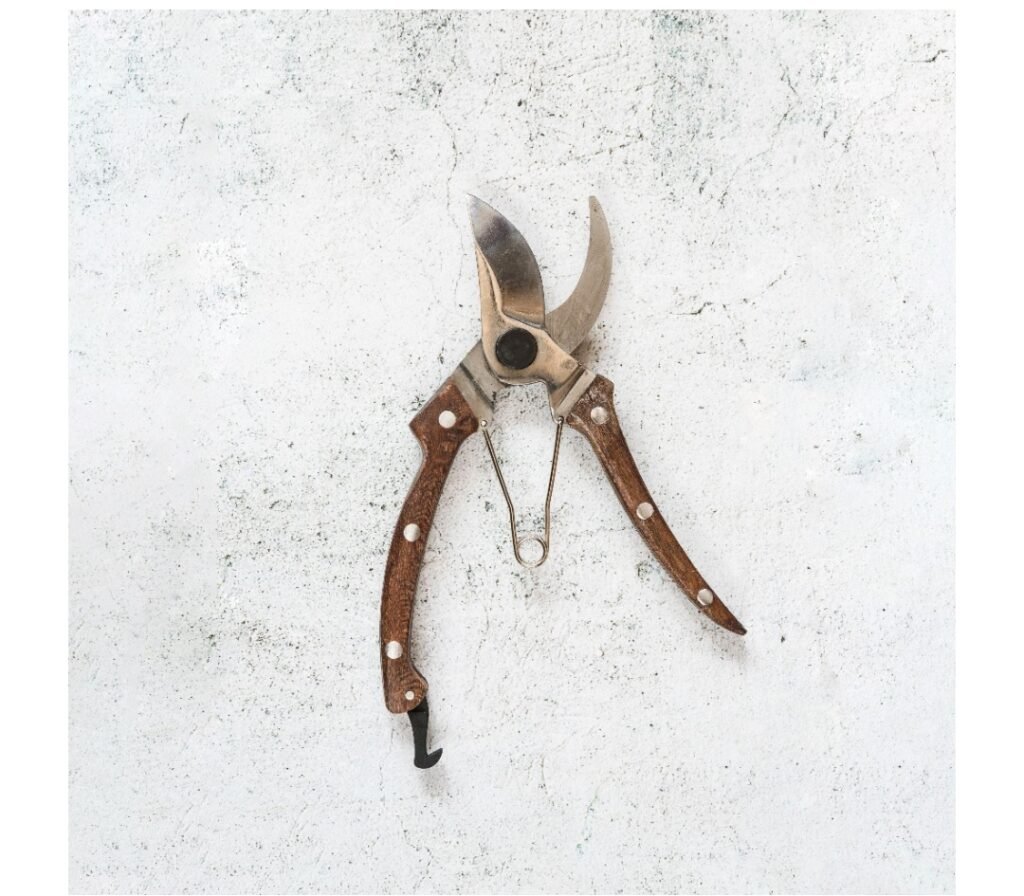Introduction
In the realm of versatile hand tools, few possess the range and adaptability of the buck tool. These forerunners to contemporary banks expected the job of safe-keepers, proposing to shield important resources in return for an expense. After some time, this training developed into additional modern monetary administrations, coming full circle in the foundation of formal financial establishments.
The Genesis of the Buck Tool
The story of the buck tool begins in the skilled hands of artisans who sought to create a compact, all-purpose instrument that could seamlessly transition between various functions. Inspired by the utilitarian needs of hunters, campers, and tradesmen, the buck tool was conceived as a symbiotic fusion of form and function.
The development of the collapsing component, permitting the instrument to settle inside itself, was a brilliant idea that launched the buck instrument into its very own class. This plan improves movability as well as limits the gamble of injury during transport, making it an optimal ally for those progressing.
Engineering Marvel: The Anatomy of a Buck Tool
A closer examination of the buck tool reveals a microcosm of engineering brilliance. Each component, meticulously crafted from high-grade materials, contributes to its versatility and durability. The heart of the buck tool lies in its pivot point, which facilitates the smooth unfolding of the various implements. This pivot mechanism, often fortified with precision bearings, ensures that the tool operates with effortless grace.
The implements themselves, ranging from blades to pliers, are a testament to the artful marriage of form and function. Each edge is honed to razor-like sharpness, ensuring that the buck tool excels in a diverse array of tasks. The handles ergonomically contoured for comfort and grip, are a nod to the tool’s user-centric design.
A Symphony of Functions: The Many Faces of a Buck Tool
The hallmark of a buck tool lies in its versatility. It is a veritable Swiss army knife of utility, seamlessly transitioning between functions with a flick of the wrist. Among its myriad applications, the blade emerges as a stalwart companion, effortlessly slicing through materials with precision and ease. Whether it’s opening packages, cutting rope, or even preparing food in the great outdoors, the blade of a buck tool stands as a paragon of functionality.
Complementing the blade is the pliers, an indispensable implement for tasks that demand a firm grip. From tightening nuts and bolts to extracting stubborn objects, the pliers exemplify the buck tool’s adaptability in diverse scenarios. Additionally, the inclusion of screwdrivers, saws, and wire cutters further expands the tool’s repertoire, transforming it into a versatile workhorse capable of tackling a wide array of tasks.
The Buck Tool in the Great Outdoors
For outdoor enthusiasts, the buck tool is a companion that embodies preparedness and self-reliance. Its compact form allows it to be effortlessly stowed in a backpack or pocket, ensuring that it’s always at hand when nature presents its challenges. Whether it’s camping out, creating improvised sanctuaries, or rummaging for assets, the buck device enables travelers to explore the wild with certainty.
The tool’s capacity to adjust to the requests of the outside is exemplified by its utility in hunting and fishing. With features like gut hooks and scaling tools, it becomes an invaluable asset for field dressing games and preparing fresh catches. In the hands of a skilled outdoorsman, the buck tool transcends its mechanical nature, becoming an extension of the individual’s capabilities and resourcefulness.
Craftsmanship and Durability: The Legacy of a Buck Tool
The getting-through allure of the buck device lies in its usefulness as well as in its craftsmanship. Fastidiously designed and built from excellent materials, it remains a demonstration of the masterfulness of toolmakers. The selection of materials, frequently including treated steel and progressed compounds, guarantees that the buck instrument isn’t simply impervious to consumption yet in addition fit for enduring the afflictions of requesting assignments.
Moreover, the buck tool is designed to endure, becoming an heirloom that can be passed down through generations. With proper care and maintenance, it can remain a faithful companion for a lifetime, bearing witness to countless adventures and endeavors. This longevity, coupled with its versatility, cements the buck tool’s status as an essential tool for those who value quality and reliability.
Conclusion: The Buck Tool – An Icon of Utility and Craftsmanship
In the grand tapestry of hand tools, the buck tool stands as a paragon of utility and craftsmanship. Its folding design, multifunctional capabilities, and enduring construction make it an indispensable companion for a diverse array of tasks. Whether in the hands of a seasoned outdoorsman, a DIY enthusiast, or a professional tradesman, the buck tool embodies a legacy of innovation and reliability.
With its underlying foundations in utilitarian need and its development through hundreds of years of craftsmanship, the buck apparatus is a demonstration of persevering through the allure of a very much-planned and fastidiously created instrument. A sidekick enables people to handle difficulties with certainty and cleverness, encapsulating the soul of independence and readiness. In the possession of the people who value its worth, the buck device rises above its material structure, turning into an expansion of capacity and an image of craftsmanship that perseveres through time.

